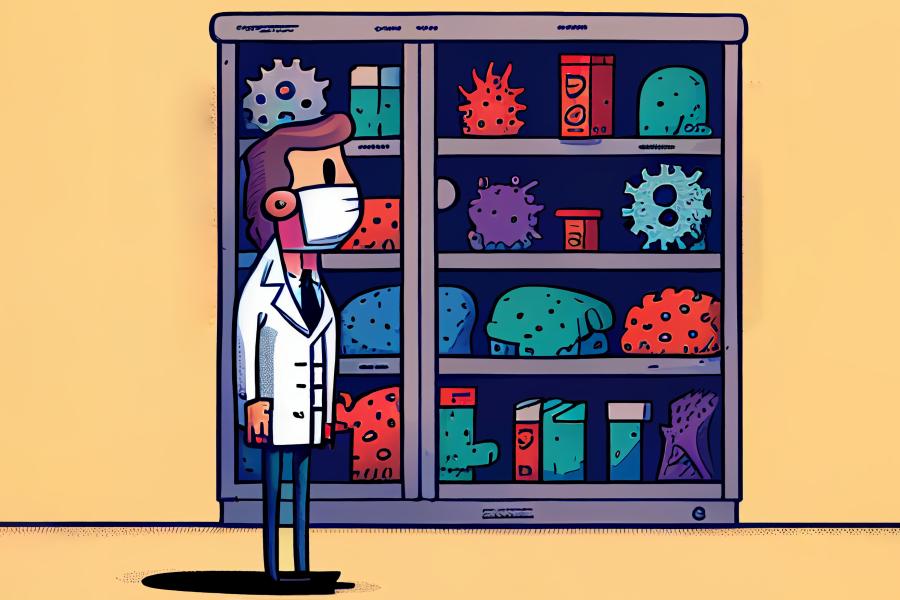When the COVID-19 pandemic closed down local public libraries in early 2020, another kind of library not only flourished but also proved crucial in the fight against the novel coronavirus: the antibody library.
An invaluable tool in the discovery and development of new therapies, these libraries are collections of genetically engineered antibodies used in research and industry to discover and develop therapies for viruses, cancer, and other diseases. In the case of SARS-CoV2, antibody libraries provided researchers with a blueprint for synthesizing the molecules now used in COVID-19 vaccines.
While antibody libraries have great potential to help in the discovery of novel treatments, their usefulness is limited by factors including the significant time and expense involved in their creation and the fact that many of the sequences contained in the libraries have poor chemical properties that need to be re-engineered before they can be used therapeutically.
A team of Johns Hopkins scientists and engineers has designed a new approach to generating antibody libraries that could not only expedite the antibody-creation process, but also accelerate the discovery of therapeutic antibody candidates, minimize risks to proper immune response, and make the entire process less costly and time consuming. Their results were shared recently on bioRxiv.
"These libraries are usually generated by engineers randomly mutating sequences. The result is that not every antibody generated is going to work or be well behaved in the body. Our approach is different: We used a deep-learning, artificial intelligence model to create high-quality libraries on demand," said team leader Jeffrey Gray, professor in the Department of Chemical and Biomolecular Engineering at Johns Hopkins University's Whiting School of Engineering and an associate in the Institute for NanoBioTechnology.
The researchers' innovation, a new tool they call "Immunoglobulin Language Model," or IgLM, was trained on a set of half a billion real human antibody sequences, allowing researchers to efficiently and accurately predict and fill in gaps. It has the ability to take an existing antibody sequence and diversify a particular region, potentially allowing the creation of antibodies that that resemble those produced by the immune system, subverting existing quality-control issues.
And because the model was trained on species other than humans, it can be used to generate antibodies for mice, primates, and others, in addition to humans. SARS CoV2 (the virus that causes COVID-19), for example, manifests differently in humans and apes, and the antibody library can quickly be shifted between the two.
"Going forward, we hope to validate the approach with partners to enable faster discovery of therapeutic antibodies," said team member Jeffrey Ruffolo, doctoral candidate in the Thomas C. Jenkins Department of Biophysics at the Krieger School of Arts and Sciences and a Johns Hopkins-AstraZeneca Scholar. "The ultimate goal would? be to reduce the need for large libraries and synthesize specific antibodies on demand that work in the lab."
Though the team's efforts so far are limited to creating antibody libraries on the computer, they are seeking a partner to move into experimental testing, Gray said.
"We believe IgLM has real promise, but we need a collaborator to experimentally screen our libraries to find antibodies against specific ailments," he said. "In principle, we can do this, but we need further experiments to prove it."
Posted in Health, Science+Technology








